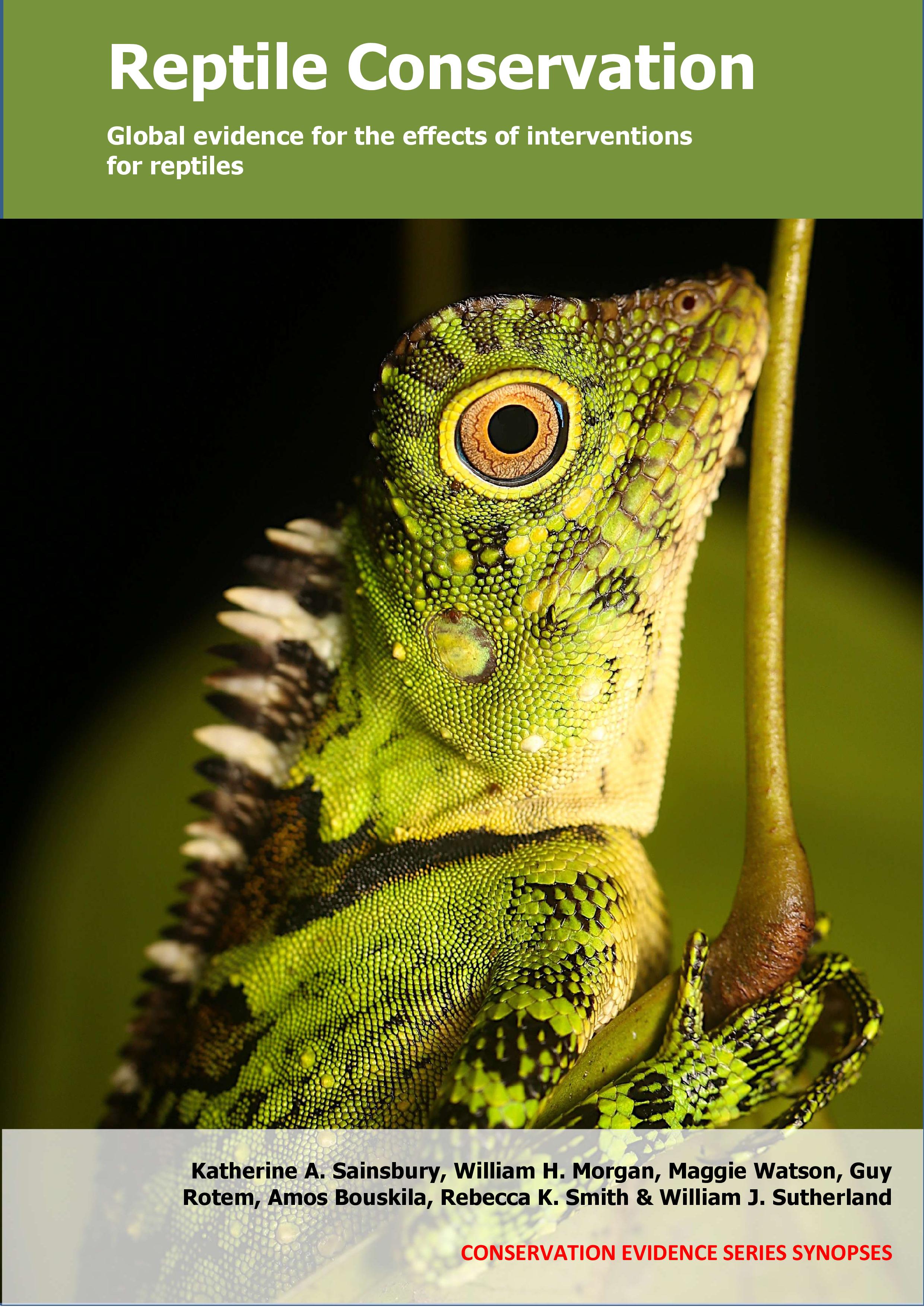Protect nests and nesting sites from predation using visual deterrents
-
Overall effectiveness category Awaiting assessment
-
Number of studies: 1
View assessment score
Hide assessment score
How is the evidence assessed?
-
Effectiveness
not assessed -
Certainty
not assessed -
Harms
not assessed
Study locations
Supporting evidence from individual studies
A replicated, controlled study in 2014–2015 at one beach in south-eastern Queensland, Australia (Lei & Booth 2017) found that using red flags as a visual deterrent to predators of loggerhead turtle Caretta caretta nests did not reduce nest predation. The number of predated nests did not differ significantly between those marked with red flags (7 out of 10) and those marked with wooden stakes (10 out of 11). Yellow-spotted goannas Varanus panoptes were the most common predator of nests. In May 2014–June 2015, ten nests were each marked with a bright red canvas flag (30 x 40 cm) mounted on a 1.2 m high stake inserted 50 cm into the sand, 30 cm to the side of the nest. A further 11 nests were marked with only a wooden stake. All nests were visited daily in early December to the end of February 2014–2016 to record predation events.
Study and other actions tested
Where has this evidence come from?
List of journals searched by synopsis
All the journals searched for all synopses
This Action forms part of the Action Synopsis:
Reptile Conservation
Reptile Conservation - Published 2021
Reptile synopsis





)_2023.JPG)














